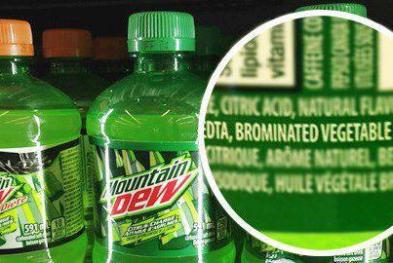Top Irradiated Foods To Avoid

The list of radiated foods differs by country, as each state has its own policies and processes. In the U.S.A., the list of affected foods includes the following, which are most likely to be irradiated:
- Many spices and vegetable seasonings:
- White potatoes
- Wheat, flour, wheat powder
- Fresh produce
- Fresh meat and poultry of all kinds
Foods treated with gamma-radiation are marked with the international symbol for irradiation:

And should, in the United States, contain the words “Treated with Radiation,” or “Treated by Irradiation,” on the package.
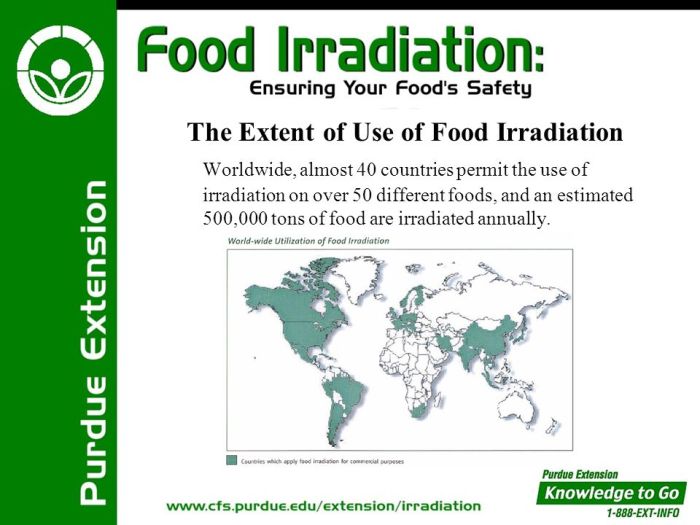
Countries that Irradiate their Foods
Below is a list of the countries that either use irradiation for commercial use or have approved food irradiation.
Asia
– Bangladesh
– China
– India
– Indonesia
– Iran
– Japan
– Korea
– Thailand
Africa
– Algeria
– South Africa
South America
– Argentina
– Brazil
– Chile
– Peru
Black Flag: Countries with Commercial Irradiation of Food
Europe
– Belgium
– Croatia
– Czech Republic
– Denmark
– Finland
– France
– Germany
– Hungary
– Israel
– Netherlands
– Norway
– Poland
– Ukraine
– United Kingdom
– Yugoslavia
North America
– Canada
– Cuba
– Mexico
– United States
Yellow Flag: Countries with Approval of Food Irradiation
Asia
– Pakistan
– Phillippines
– Russian Federation
– Syria
Europe
– Italy
– Spain
South America
– Costa Rica
– Uruguay
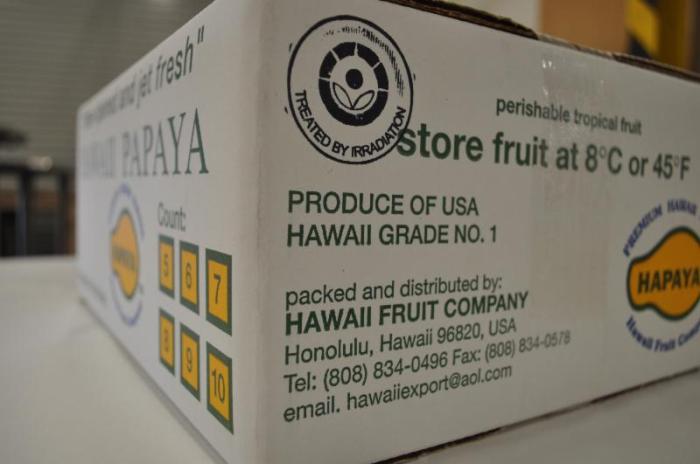
How Will I Know if My Food Has Been Irradiated?
FDA requires that irradiated foods bear the international symbol for irradiation. Look for the Radura symbol along with the statement “Treated with radiation” or “Treated by irradiation” on the food label.
Bulk foods, such as fruits and vegetables, are required to be individually labelled or to have a label next to the sale container.
FDA does not require that individual ingredients in multi-ingredient foods (e.g., spices) be labelled.
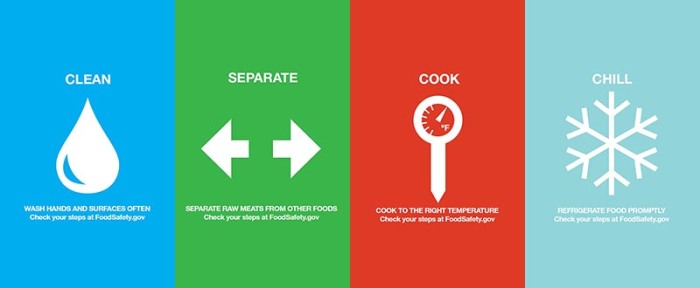
It is important to remember that irradiation is not a replacement for proper food-handling practices by producers, processors and consumers. Irradiated foods need to be stored, handled and cooked in the same way as non-irradiated foods, because they could still become contaminated with disease-causing organisms after irradiation if the rules of basic food safety are not followed.
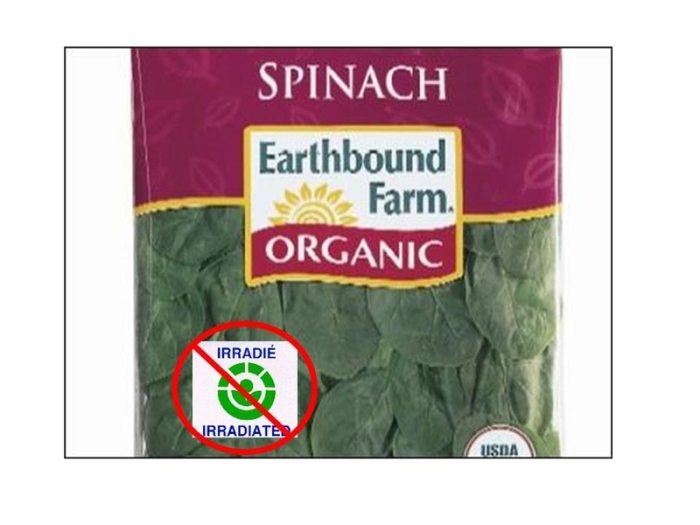
FDA has approved a variety of foods for irradiation in the United States including:
- Beef and Pork
- Crustaceans (e.g., lobster, shrimp, and crab)
- Fresh Fruits and Vegetables
- Lettuce and Spinach
- Molluscan Shellfish (e.g., oysters, clams, mussels, and scallops)
- Poultry
- Seeds for Sprouting (e.g., for alfalfa sprouts)
- Shell Eggs
- Spices and Seasonings

Why Irradiation of Food
FDA says that Irradiated Food serves the following objectives:
- Prevention of Foodborne Illness – irradiation can be used to effectively eliminate organisms that cause foodborne illness, such as Salmonella and Escherichia coli (E. coli).
- Preservation – irradiation can be used to destroy or inactivate organisms that cause spoilage and decomposition and extend the shelf life of foods.
- Control of Insects – irradiation can be used to destroy insects in or on tropical fruits imported into the United States. Irradiation also decreases the need for other pest-control practices that may harm the fruit.
- Delay of Sprouting and Ripening – irradiation can be used to inhibit sprouting (e.g., potatoes) and delay ripening of fruit to increase longevity.
- Sterilization – irradiation can be used to sterilize foods, which can then be stored for years without refrigeration. Sterilized foods are useful in hospitals for patients with severely impaired immune systems, such as patients with AIDS or undergoing chemotherapy. Foods that are sterilized by irradiation are exposed to substantially higher levels of treatment than those approved for general use.
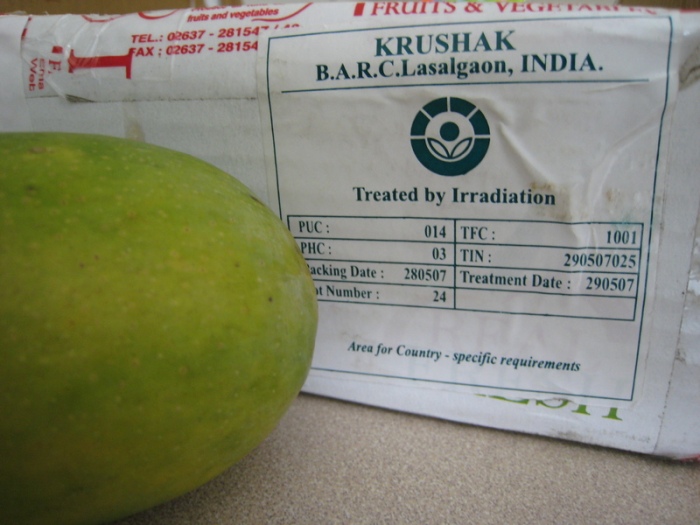
The Dangers of Food Irradiation
What’s Wrong with Food Irradiation?
Irradiation damages the quality of food.
Foods that have been exposed to ionizing radiation compromises their nutrition and freshness especially vitamins C, E, K and B Complex. It destroys the antioxidant effect in foods exposing you to harmful free radicals. Irradiation it creates dirty food.
Irradiation produces toxic byproducts in the food.
New new radiolytic products, some of which are toxic (benzene, formaldehyde, lipid peroxides) may be created which can lead to increased tumors, reproductive failures and kidney damage. Chromosomal abnormalities occurred in children from India who were fed freshly irradiated wheat.
Irradiation using radioactive materials is an environmental hazard.
Leakage of radioactive water from processing plants and transport vehicles will have a big impact on the ecosystem. The clean up costs will be exhorbitant, not counting human medical costs from this pollution as we have found out from Georgia and New Jersey.
Irradiation is a quick fix with long-term consequences.
Irradiation doesn’t kill all bacteria; those that survive are radiation-resistant. Eventually these bacteria will require higher doses of radiation. Irradiation doesn’t kill the bacterium that causes botulism, or viruses. It can’t be used on dairy products, a major source of food poisoning.
Irradiation doesn’t solve the problem, it just covers it up.
In a 1997 CBS nationwide poll, 77% of US consumers did not want irradiated food. This public resistance is why food trade associations have been plotting to eliminate all requirements for labelling irradiated food.
There are better ways of maintaining clean and sustainable food. Cleaning up filthy slaughter houses, slowing down processing lines, increasing the number of federal meat inspectors, and encouraging local and organic agriculture instead of factory farming are just a few proposals that can lead to long-term food safety solutions without the risks of irradiation.

The Alternative to Irradiated Food
The best way to avoid irradiated food is to eat organic foods {click this link to organic foods)
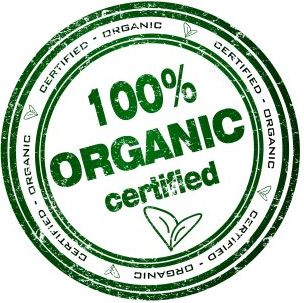
https://teamrich.wordpress.com – Irradiated Foods by Nancy Long

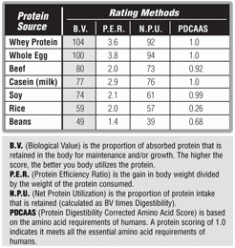
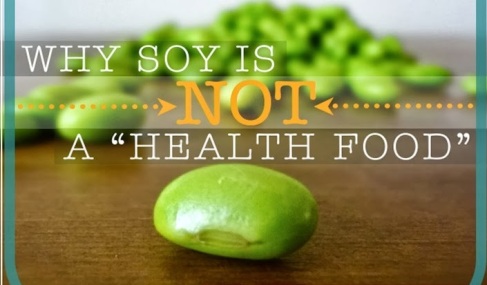

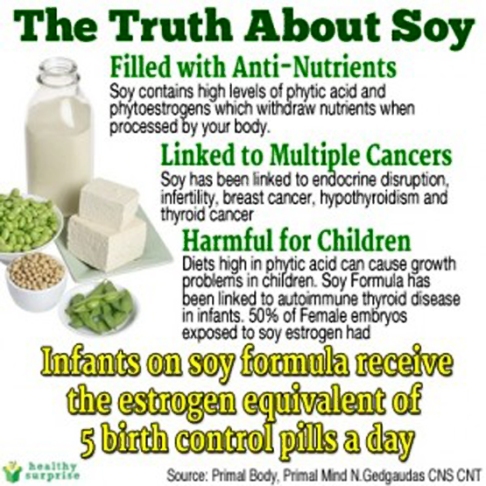

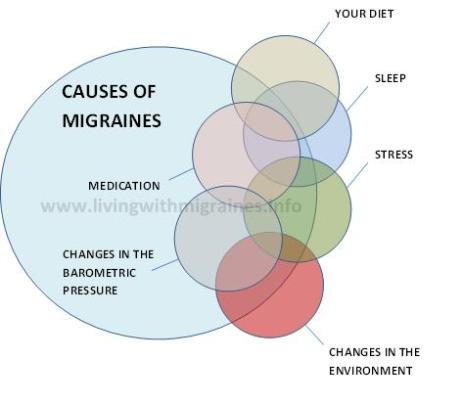
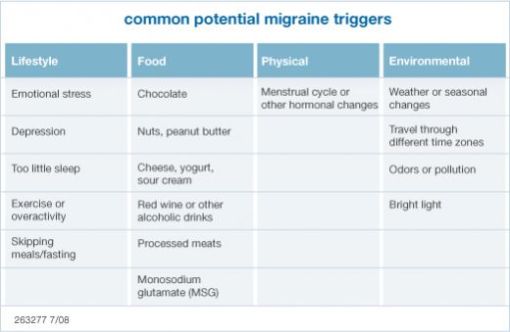
 Up to 99% Sugar
Up to 99% Sugar Up to 94% Sugar
Up to 94% Sugar Up to 83% Sugar
Up to 83% Sugar Up to 81% Sugar
Up to 81% Sugar Up to 71% Sugar
Up to 71% Sugar Up to 60% Sugar
Up to 60% Sugar Up to 56% Sugar
Up to 56% Sugar Up to 50% Sugar
Up to 50% Sugar Up to 26% Sugar
Up to 26% Sugar Up to 22% Sugar
Up to 22% Sugar